
Corsair Gaming M65 RGB Review
Manufacturer: Corsair GamingUK price (as reviewed): £59.99 (inc VAT)
US price (as reviewed): $69.99
Although we saw Corsair's Raptor M45 mouse early last year, we've yet to look at the mouse that the cheaper Raptor model was based on, namely the M65. However, with Corsair's new Corsair Gaming brand came a refresh of a number of its higher end peripherals, so today we're looking at the M65 RGB. It comes with the same right-handed design as the Raptor M45, but adds an extra button to the mix for a total of eight, and also includes customisable RGB lighting; something the original Vengeance M65 lacked.
The M65 RGB has an internal aluminium unibody, which feels very durable and sturdy. Externally it is plastic coated, with three distinct sections – the top has a smooth, matt finish while both sides have textured coats for improved grip. The mouse is also fitted with five PTFE feet which are nice and big and ensure very smooth, low friction movements.
The split sections and cutaway rear of the M65 RGB meant we didn't find it massively suitable for a palm grip, at least compared to other mice like the Asus Strix Claw and Mionix Naos 8200, as the gaps and edges here are noticeable and could prove distracting. We wouldn't say it's uncomfortable, but the effect was minimised by switching to more of a claw grip, where the textured sides come in handy. There's a very subtle groove on the right side too where you can rest your ring and pinky if you have small fingers.
On the bottom there are three adjustable weight positions – front left, front right and rear – allowing you to fine-tune the weight of the mouse and centre of gravity really well. It's easy to do too, as you just need a coin to unscrew them. In each position there are two weights; one 2.5g screw and one 4.5g doughnut-shaped one. The system allows you to remove both, or just the heavier one.
There is also a three-zone RGB lighting system – the logo, scroll wheel and DPI indicator. The former two are aesthetic only while the latter is functional, changing colour based on the current DPI level. However, its position makes it hard to see, so it's usefulness is limited. If we wanted to check it at a glance we have to move our index finger out of the way.
The M65 RGB's Omron switches ensure a good action on the main buttons, and we've no complaints with regards to the thumb buttons either, which are springy and easy to hit. The dedicated sniper button (this is the switch the M45 lacks) is oversized and positioned well for instant actuation when needed. The DPI switches have a higher actuation force so you won't accidentally press them, but the back one is quite far down the body and a stretch to reach – this is often the case with such designs, however. Finally, the scroll wheel is weighty thanks to its metal body, and it's rubberised on the outside too. It has good tactile feedback and accurate scrolling.
Tracking from the 8,200 DPI laser sensor is good across the DPI range. We have grown rather fond of a number of optical mice we've been using recently, but we can't deny this sensor performs well and it's less fussy about your surface than an optical sensor would be, which is good for those often on the go. We detected no built-in acceleration or angle snapping, and only very minor levels of jitter. It gets a bit uncontrollable at the high DPI levels, but that's the same with any mouse that's this sensitive.
The M65 RGB relies on Corsair Gaming's CUE software, just like the Sabre Optical, and it has the same benefits and drawbacks. On the plus side, it's very powerful, with the macro and custom functions being particularly impressive in their depth. However, it does have a steep learning curve; basic functions and lighting are easy to achieve, but more complex ones will take a fair bit of getting used to. We're also not fans of the fact that when using a compatible Corsair Gaming keyboard like the K70 RGB too, profiles appear to apply to both peripherals – switching profiles on one switches profiles on the other.
CUE allows you to save one profile to the M65 RGB for plug and play functionality on the go. As we said, button assignment is easy, and while you cannot alter the scroll up or down commands, all eight buttons are fully programmable. Performance tuning is also easy, with lots of DPI options as well as lift height, pointer speed (including an acceleration option) and an angle snapping toggle. Note that the polling rate selection (125, 250, 500 and 1,000Hz) is not accessed in the Performance sub-tab, but in the main Settings tab, since it is universal and not changeable using profiles.
When tweaking the scroll wheel and logo lights, you can have patterns based on solid colours or gradients between two or more colours of your choosing. The more complex wave and ripple patterns are reserved for Corsair Gaming's RGB keyboards as they can only be used with groups of lights rather than individual ones.
Conclusion
The M65 RGB is another solid product from Corsair Gaming. In the high-end peripherals market, it's getting to the point where there's a high level of quality across the major brands, with many relying on the same sensors, switches and materials and differing mostly in size, shape and software control. We think palm grippers looking to spend this much will be better suited to the optical Asus ROG Gladius or laser Roccat Kone XTD, but Corsair Gaming's M65 RGB is a great, albeit expensive, choice for claw-gripping FPS types.
-
Design35 / 40
-
Features32 / 35
-
Value17 / 25


MSI MPG Velox 100R Chassis Review
October 14 2021 | 15:04

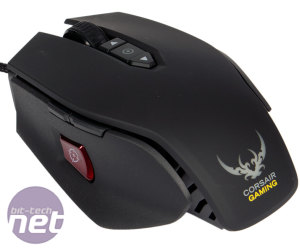
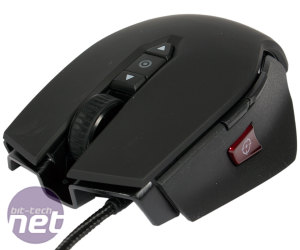
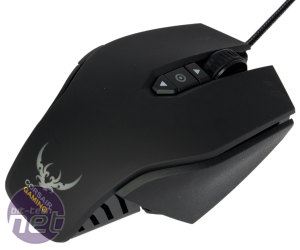
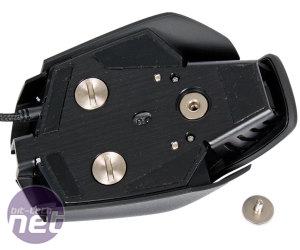
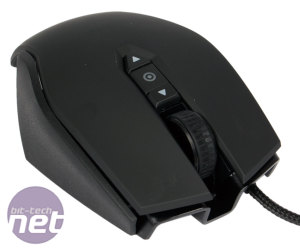
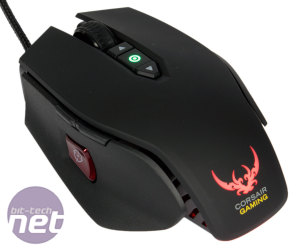
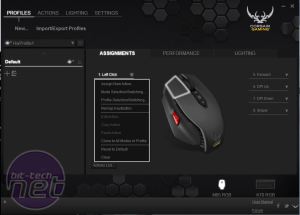

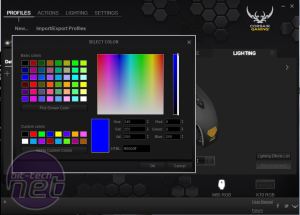

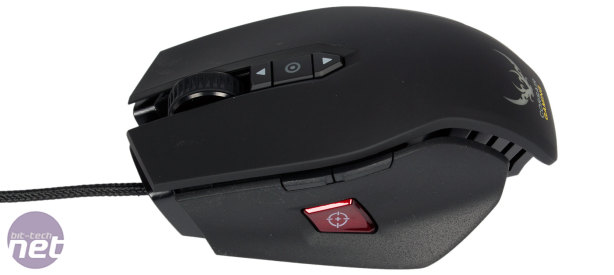







Want to comment? Please log in.